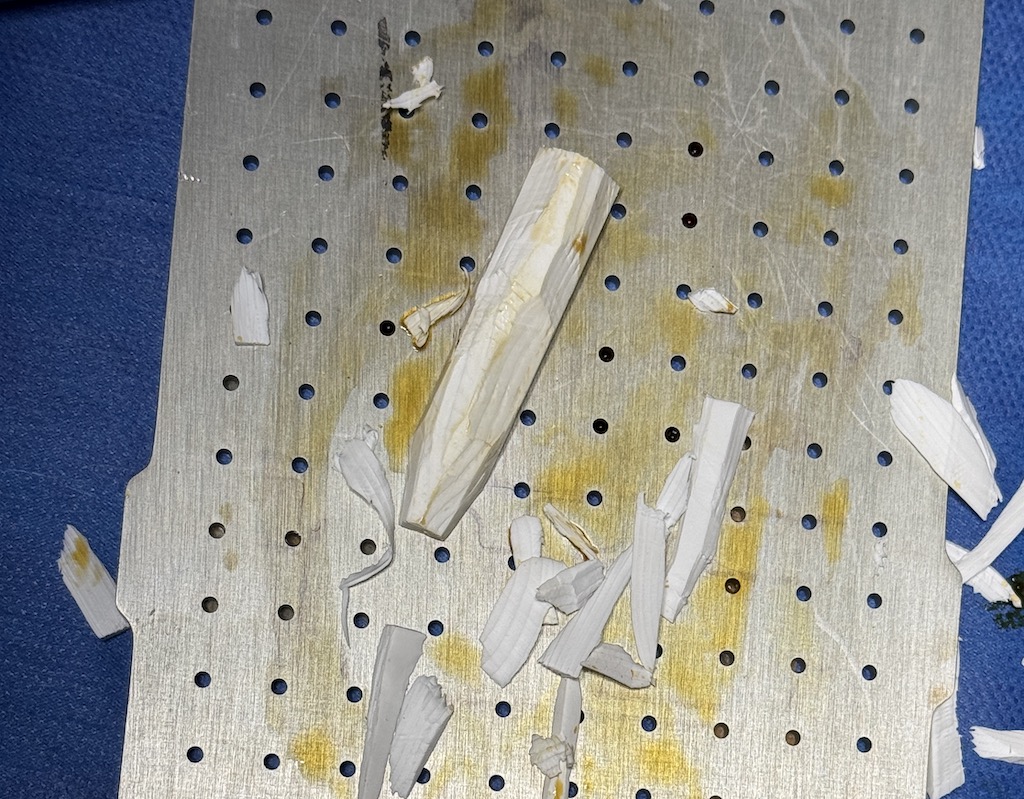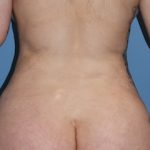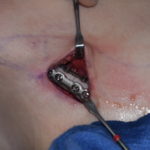Background: One frequent request in rhinoplasty is for dorsal augmentation or building up the bridge of the nose. This requires a graft or implant material to do so, particularly when the augmentation need is significant. Because of these two very different nasal augmentation options there is considerable controversy and strong surgical opinions about which approach is better. But the reality is that the augmentation choice must be determined for each individual patient and there are numerous factors that play into that decision. No rhinoplasty approach is perfect and each method has their distinct advantages and disadvantages (risks).
In significant dorsal nasal augmentation a cartilage rib graft is often used. Such rib grafts can be placed in two different forms, solid (en bloc) or particulated (diced). The disadvantage of the solid rib graft is that it has a tendency to warp as the ribs are not inherently straight. This has led to converting the graft to a diced consistency and containing it in a wrap or sheath (most commonly fascia). While both can be successful their augmentation effects are not equally similar. The solid graft has a more significant augmentative effect because it is structurally firm. The diced cartilage graft provides less of a push but has no chance to warp or change its shape once healed. Like all autologous grafts the risk of infection is very low.
Conversely a nasal implant is structurally stable and will not warp. Its placement can be asymmetric but the implant itself will not warp. Like a solid rib graft it provides strong push on the overlying soft tissues but because it is an implant material there is also an increased risk of infection. The shape of an implant can be chosen before surgery or changed during surgery but whatever implant shape is finally inserted that will be its stable form.
Besides these structural and anatomic differences there is also the influence of the patient on the augmentation choice. There are patients who are absolutely opposed to an implant and would rather take the risk on the potential disadvantages of a rib graft. Conversely they are also patients that do not like the concept of a rib graft harvest and its recovery and potential shape issues and feel more comfortable using an implant. As you can see the perception of the patient about these nasal augmentation choices can often be the deciding factor regardless of their potential disadvantages.
Case Study: This young male desired to have his nose augmented with a particularly strong effect close to the fronto nasal angle. He wanted few other nasal shape changes other than some slight narrowing of the nasal tip which was really realigning the domes of the lower alar cartilages. We had a thorough preoperative discussion about rib graft versus implant for the augmentation and he eventually decided on an implant approach.
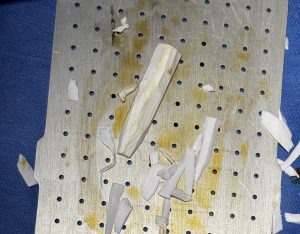
Through an open rhinoplasty approach the soft tissues were elevated off of the cartilage and bony framework high up onto the frontonasal junction. The implant was then inserted and sutured to the medial cephalic margins of the lower alar carliges. The domes of the lower alar cartilages were aligned and stabilized with a suture and the open rhinoplasty closed.
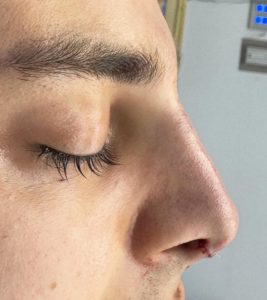
There are four different types of nasal implant materials, solid silicone, ePTFE, ePTFE-coated silicone and porous polyethylene. ePTFE is a unique augmentation material due to its microporous microfibrillar surface features. This means it allows for some soft tissue adhesion but not as aggressive as that of more macroporous materials. Thus it has a soft tissue binding somewhere between that of silicaone (which has none) and porous polyethylene (which has a lot). It is also the easiest material to carve when a block form is used.
Key Points
1) Nasal augmentation can be by either an autologous or alloplastic approach.
2) Implants for dorsal nasal augmentation offer the advantage of a performed straight graft that will not change in size or shape.
3) The ePTFE block nasal implant requires carving into the desired size and shape and it is the easiest material in which to do so.
Dr. Barry Eppley
World-Renowned Plastic Surgeon

